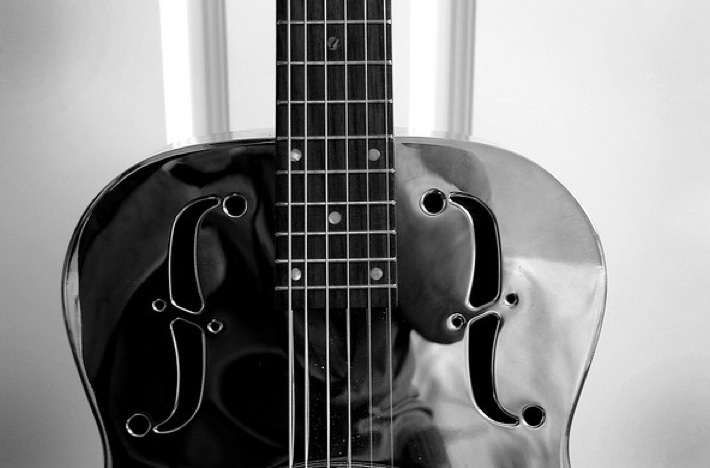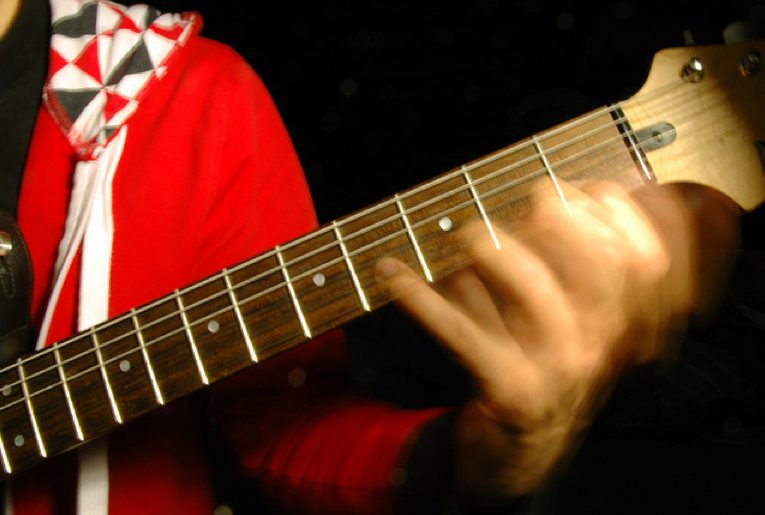May 15, 2019 by Klaus Crow
Photo by Rafael Martinez
Today is your day to feel good my fellow musician.
Of course we all know how to feel good, but sometimes you just need some reminders or fresh ideas and go like.. Oh yeah!
So let’s get out of that chair and start feeling good today. Let’s make some positive changes that will make this day a great one.
In my daily life feeling good is my number one priority.
I wanna feel good as much as possible. It makes me get things done.
Getting things done will in return make me feel good. It reinforces creativity, inspiration and boosts my musical productivity.
I really get into the flow of things like writing songs and improving my guitar playing.
Life is too short to get in or stay in a slump. If you don’t like things fix it or change it.
Never forget to take care of yourself. If you are not happy you can’t make others happy.
So do everyone a favor and start feeling good today.
Think positive thoughts and you’ll attract more positive things.
Like buddha said: “All that we are is the result of what we have thought. The mind is everything. What we think we become.”
Let’s get you started:Continue Reading



